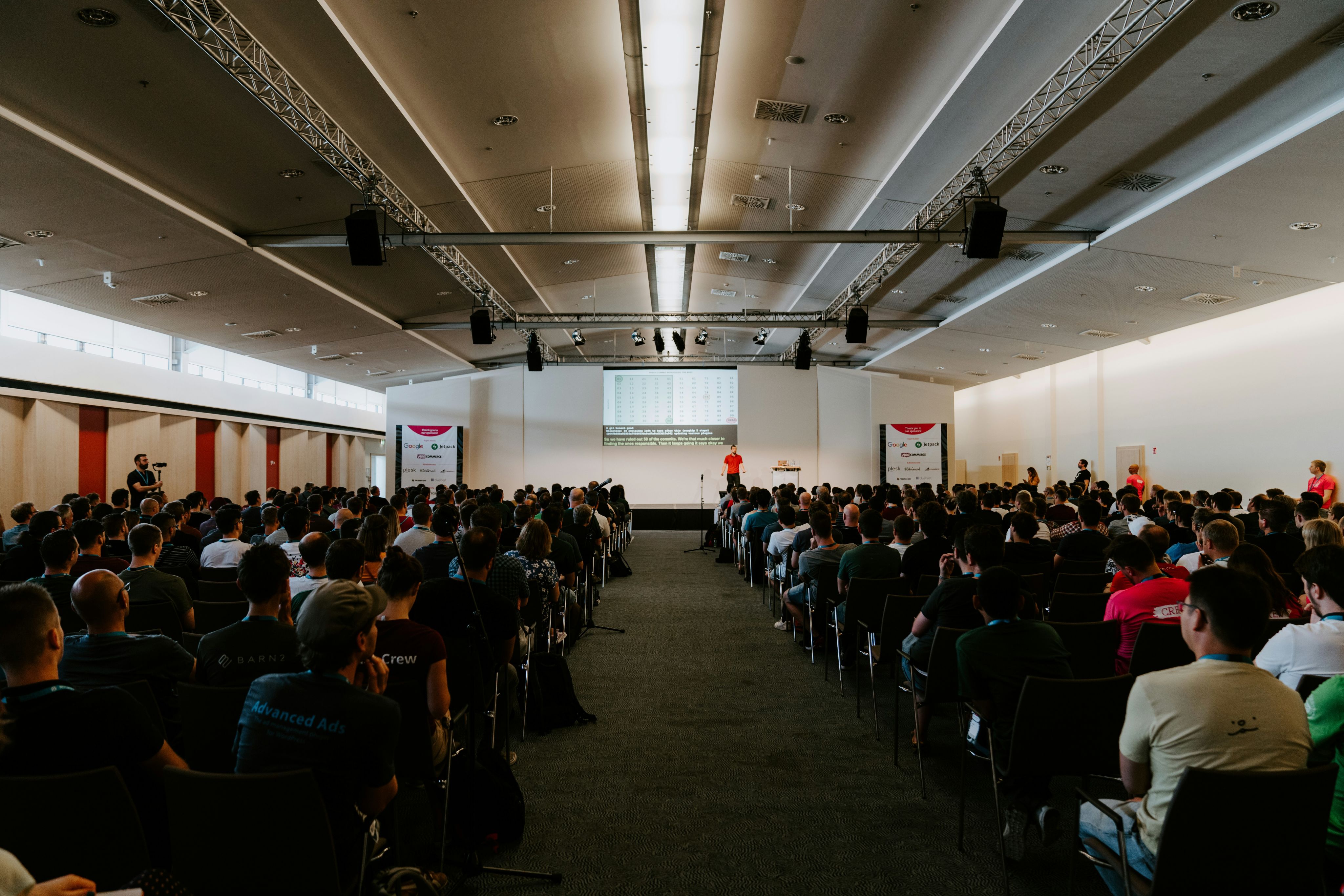Engaging the Minds of Students
Keys to maintaining attention in a classroom

Knowledge is power. Guard it well.
Maintaining student attention in the classroom has become a formidable challenge in a world of distractions. The traditional chalk-and-talk method no longer suffices, prompting educators to seek innovative strategies that resonate with the modern learner.
Why is there a need to implement innovative techniques and strategies?
By a stretch, this is the most common question academics have been faced with, and with good reason. As the 21st century has been ploughing ahead, we have seen phenomenal advancements in technology and innovation, and with these come transitional changes in how businesses and life go on. The foundation of preparedness begins with students being taught suitable lessons by their educators.
Strategies for Engagement: Interactive Learning
Interactive learning techniques transform the classroom into a dynamic learning environment where students are actively involved in the learning process. Strategies like 'Think-Pair-Share' encourage students to think independently, collaborate with peers, and share their insights with the class, fostering a deeper understanding of the material. Role-playing and simulations allow students to enter real-world scenarios, enhancing their critical thinking and problem-solving skills. Incorporating these techniques makes learning more engaging and develops essential soft skills like communication and teamwork.

Incorporating Technology in Learning
In the digital age, integrating technology into education is no longer optional. Smartboards, educational apps, and online resources can transform traditional lessons into interactive experiences. For instance, apps such as Coursera, LinkedIn and LexisNexis will help students access phenomenal data that can help or prepare them for their careers. It's essential, however, to use technology thoughtfully and not let it overshadow the learning objectives. Setting clear guidelines and objectives for tech use ensures it enhances learning rather than causing distractions.

Classroom Environment and Design
The layout and design of a classroom play a pivotal role in student engagement. A flexible seating arrangement encourages collaboration and allows teachers to adapt the space for various activities. Natural light, plants, and art can make the classroom more inviting and stimulate learning. Ensuring the classroom is organised and clutter-free reduces distractions and creates a calm, focused atmosphere. A well-designed classroom signals students that it's a place to think creatively and engage deeply with the content.
Personalised Learning Approaches
Every student has a unique learning style, and recognising this can transform the educational experience. Personalised learning involves understanding each student's strengths, weaknesses, and preferences, and tailoring the instruction accordingly. This might include providing additional resources for visual learners, incorporating hands-on activities for kinesthetic learners, or allowing students to choose project topics that interest them. Personalised learning caters to individual needs and empowers students, giving them control over their learning journey. A peer mentor or course advisor will help develop a suitable lesson plan for students to achieve their potential.
Education is a journey and, much like anything, involves adapting to change. By taking a joint stance, educators and students alike can meet the demands of today with greater insight.
